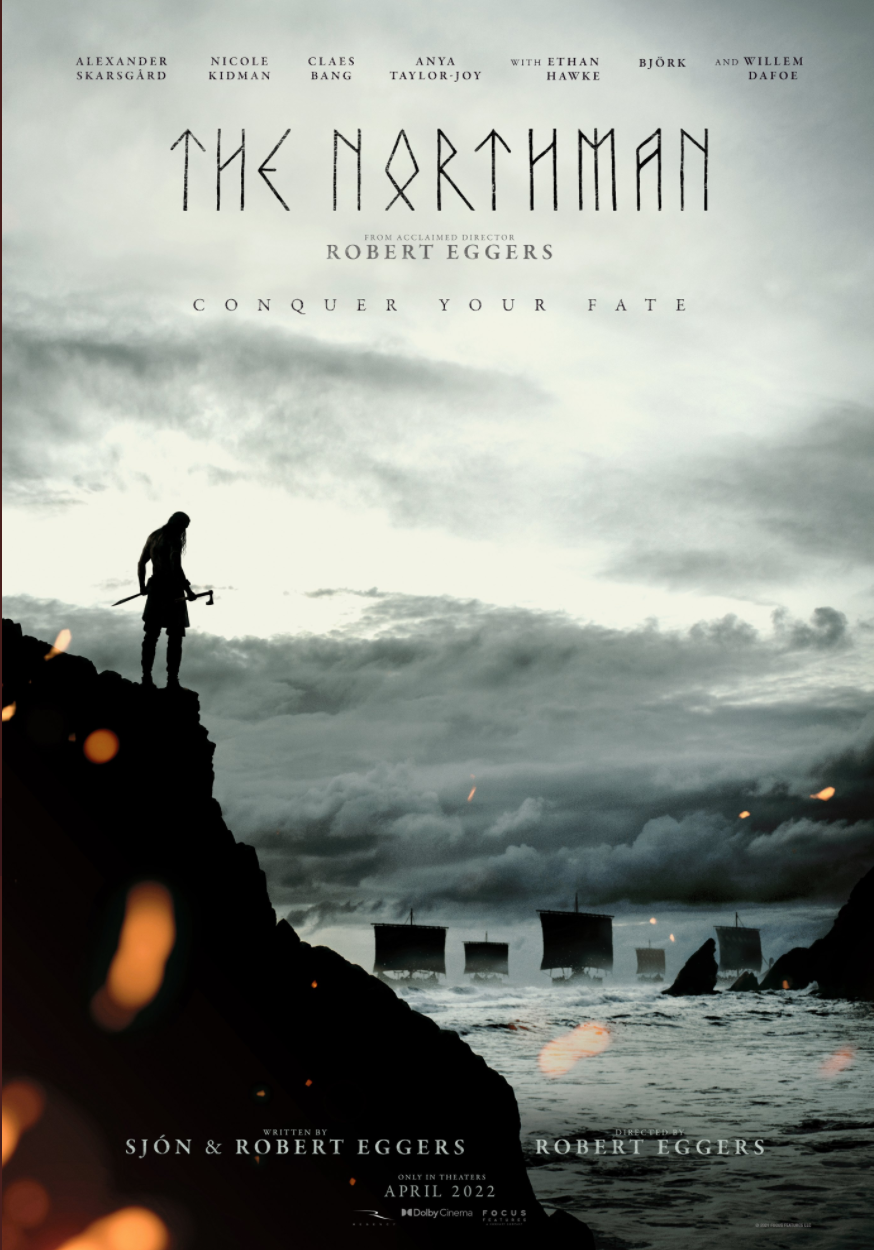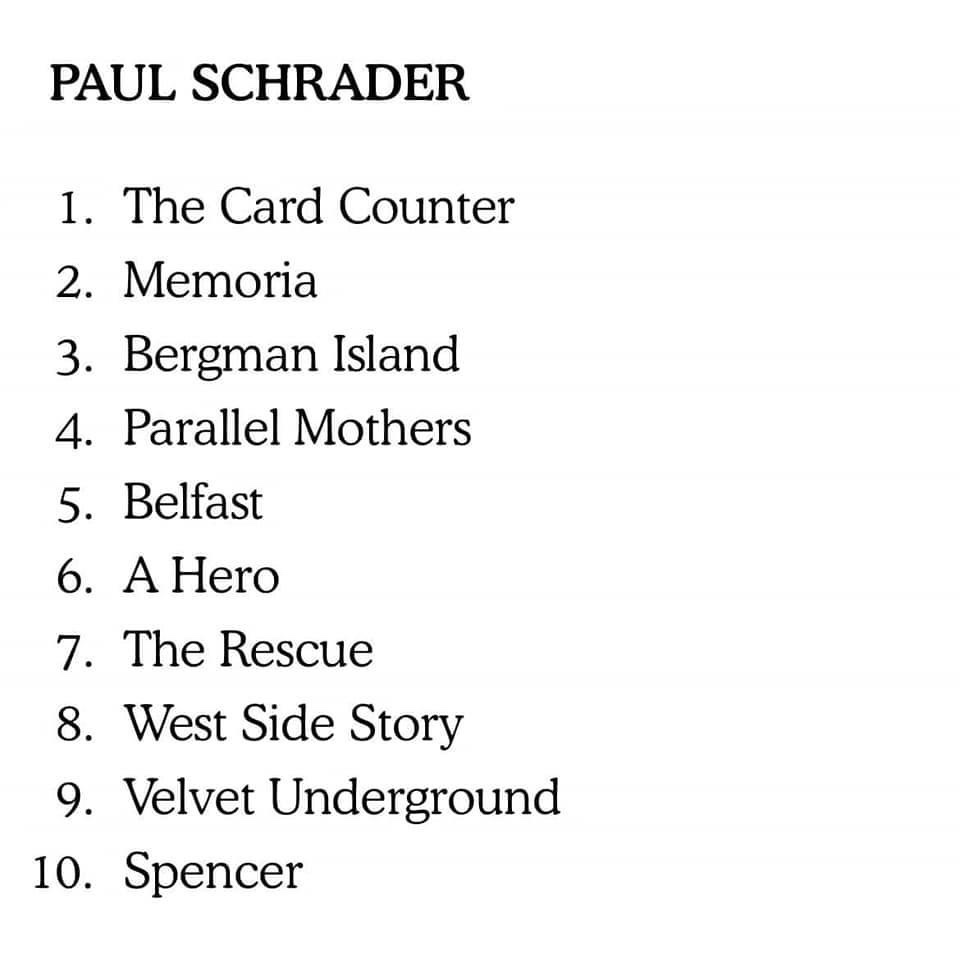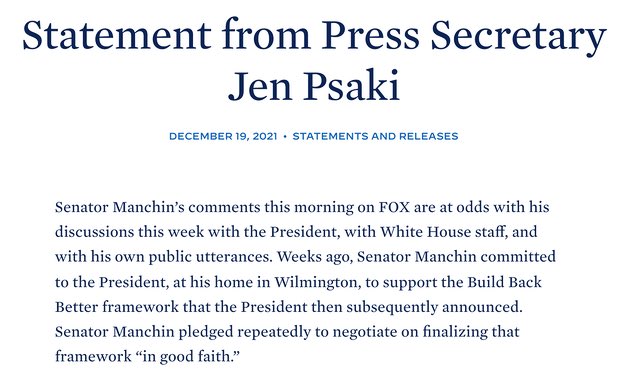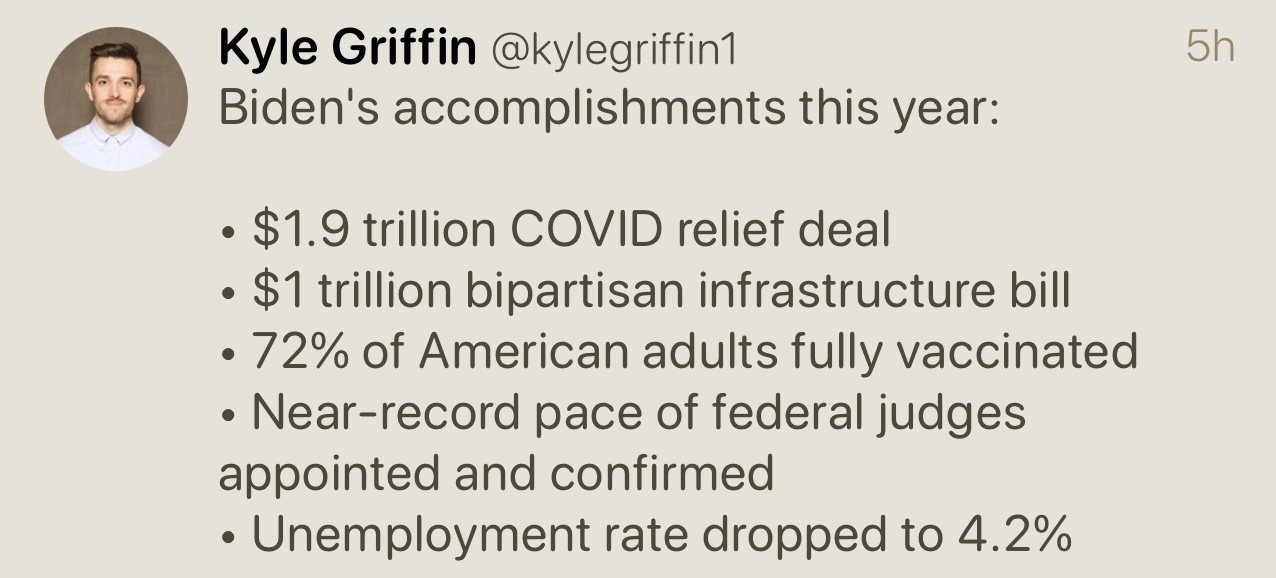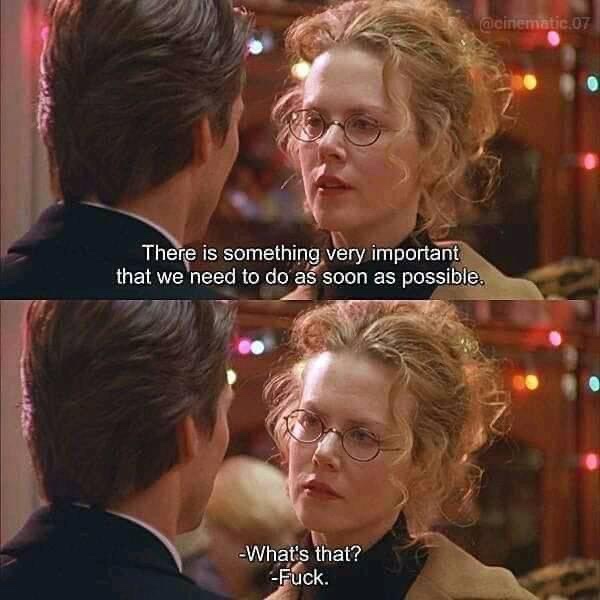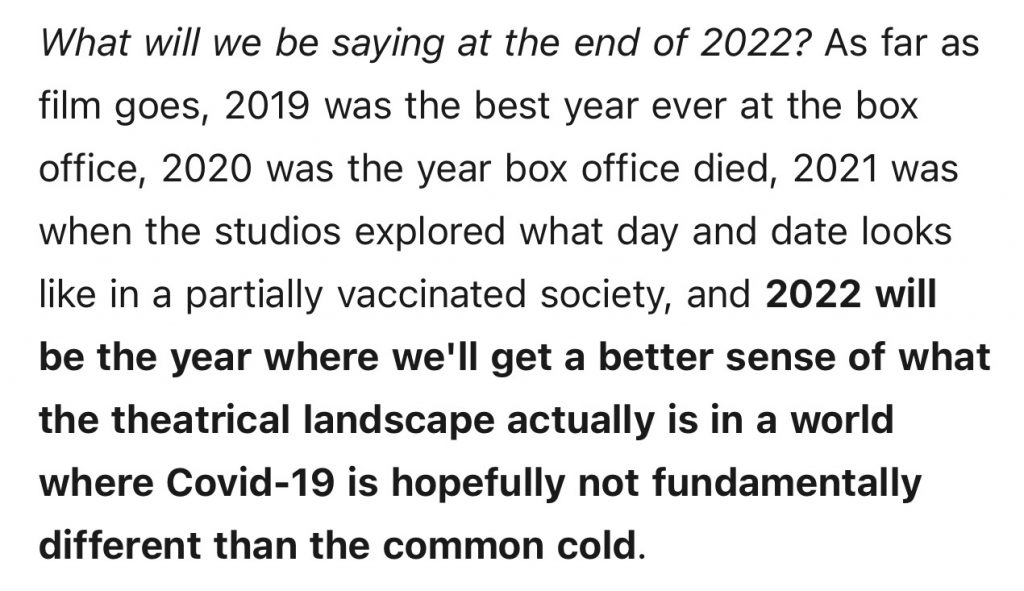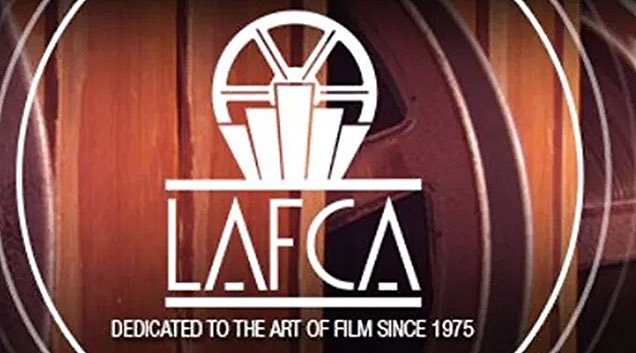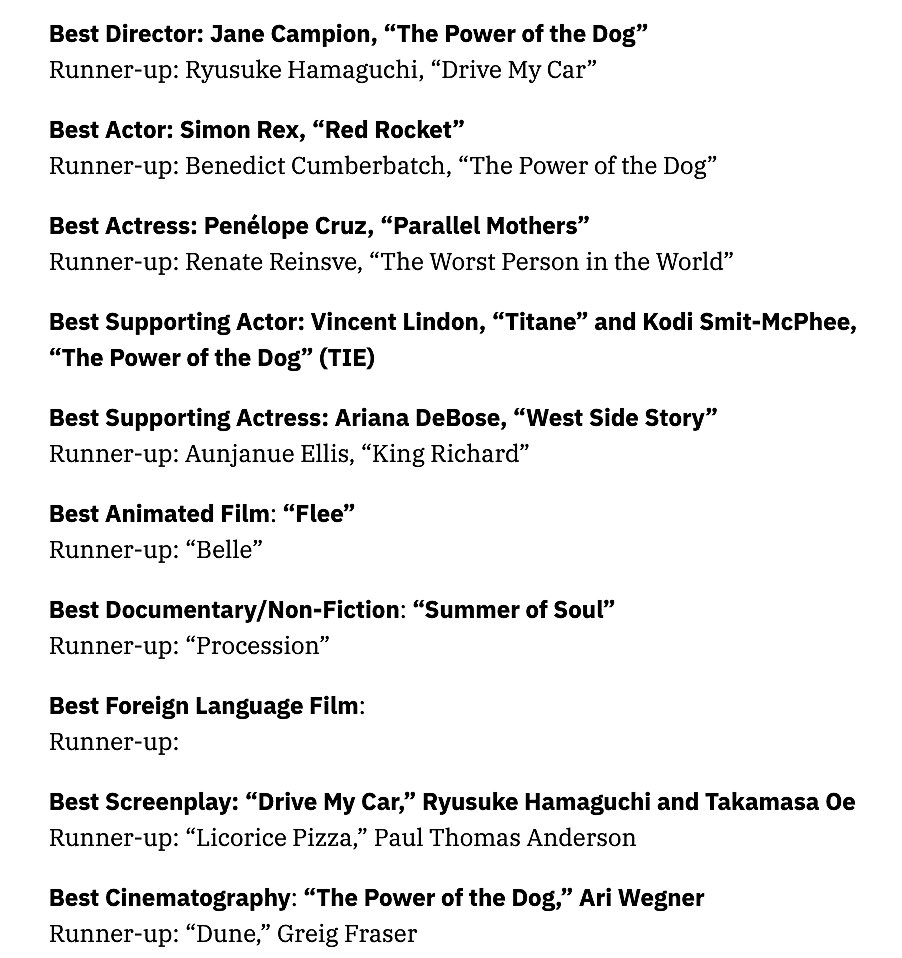By “top” I mean the most nurturing, the most pleasurable, the most exciting…the 2021 films I felt best about having seen. Note: I’ve been shifting and second-guessing the order since yesterday afternoon (Sunday, 12.19). But I’ve pretty much stopped fiddling around.
I realize that putting Spider-Man: No Way Home in my fourth-place position is an odd call, given that I felt exasperated by the first 65 or 70 minutes. But the final 45 to 50 minutes really pay off, and I have to acknowledge what a bull’s-eye that felt like when I saw it two or three days ago with a cheering crowd.
I can’t honestly say that I felt “good” about having seen The Power of the Dog, although the high level of craft from director Jane Campion is obvious. Same deal with Red Rocket — didn’t enjoy watching it, knew all the while that director-writer Sean Baker knew what he was doing. I can’t say I felt “good” about CODA but I appreciated what it was trying to do and didn’t mind the effort.
I put Peter Jackson‘s 468-minute The Beatles: Get Back in ninth place because it’s really stayed with me.
Update: The disparaging remarks about King Richard and my possibly whimsical decision to put it at the top of the list are duly noted. It’s a sports saga, yes, but mainly a character piece — a study of a gnarly, obstinate fellow who was no day at the beach, and an examination of how character, determination and especially discipline can really make a difference in anyone’s life. I found it inspirational — a film of real value. It made me feel good, and if it didn’t make you feel good…well, okay.
1. King Richard
2. Parallel Mothers
3. West Side Story
4. Spider-Man: No Way Home
5. The Worst Person in the World
6. A Hero (Amazon)
7. Riders of Justice
8. No Time To Die
9. The Beatles: Get Back
10. Zola
11. Cyrano
12. Licorice Pizza
13. The Card Counter
14. In The Heights
15. The Last Duel
16. No Sudden Move
17. Titane
18. The Tragedy of Macbeth
19. Drive My Car
20. Summer of Soul
21. Being The Ricardos
22. Bergman Island
23. House of Gucci
24. Pig
25. Eyes of Tammy Faye
26. Nightmare Alley
27. The Power of the Dog
28. Red Rocket
29. CODA
30. Don’t Look Up
Critically hailed, grueling sits, films that made me feel drained or awful or sleepy: Belfast, Dune, C’mon, Cmon, Spencer, Annette, The Green Knight (and it breaks my heart to say this) The French Dispatch.
Still haven’t seen ’em: The Lost Daughter, Jockey
I haven’t seen Matrix: Resurrections but “I’ve got a feeling.”
Quo Vadis, Aida opened last March, but I regard regard it as a 2020 film.
